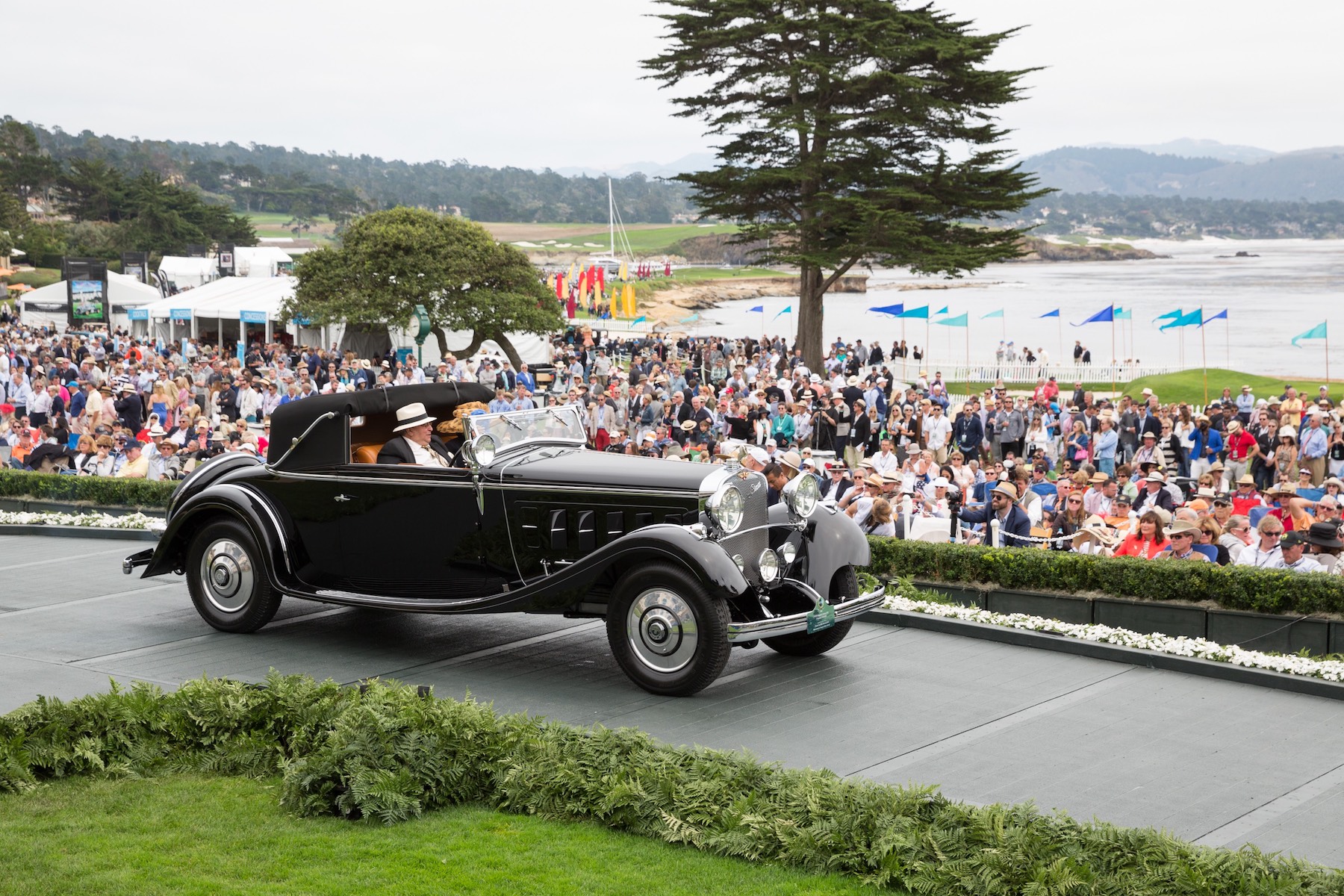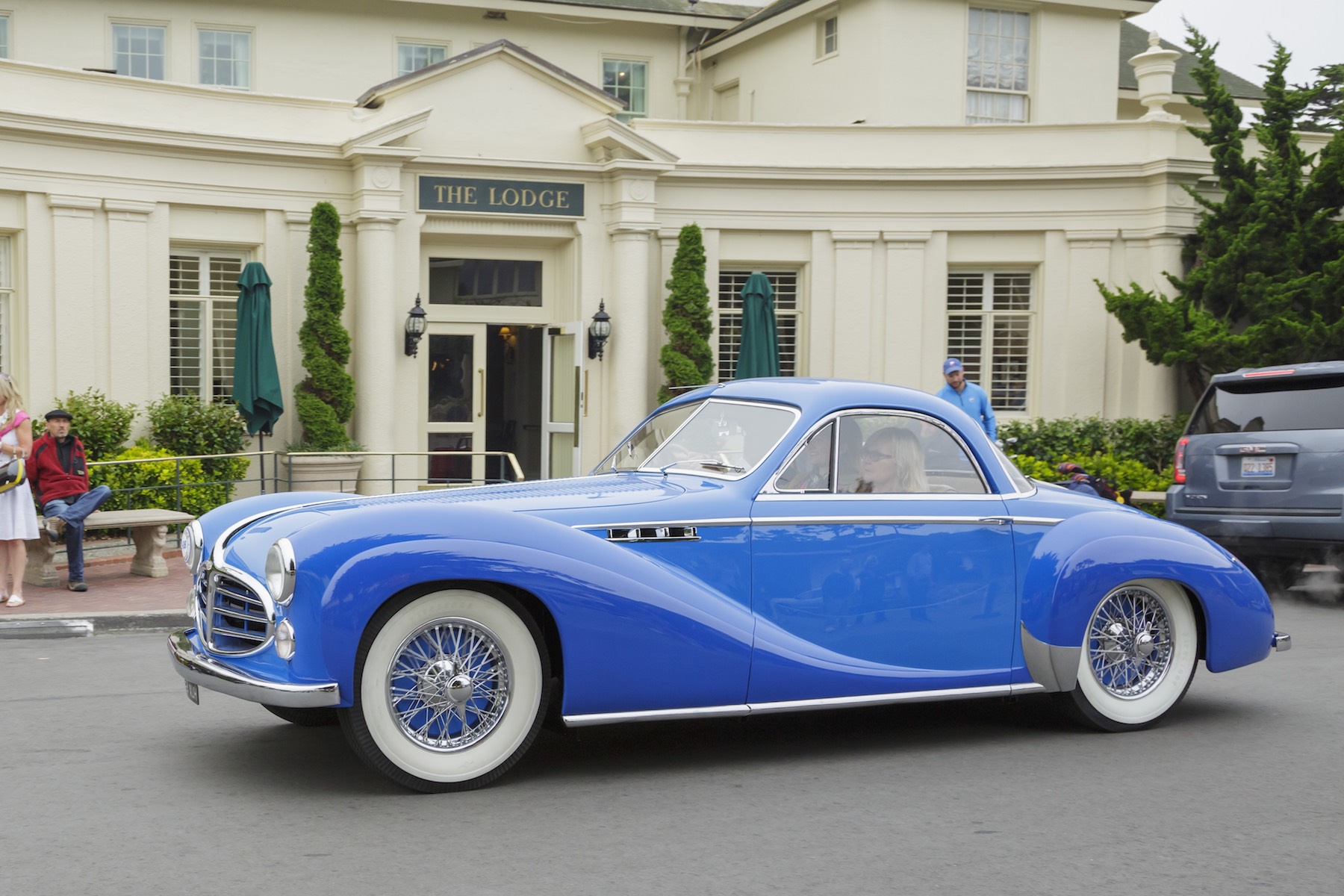In the past, when cars were a luxury only the affluent could afford, the process of buying a vehicle was vastly different from today. Envision a car showroom displaying beautiful automobiles, but lacking complete bodies—consisting solely of a frame (chassis) and an engine. During that time, the now-famous car manufacturers primarily supplied the chassis and engines for the final product. Coachbuilders bore full responsibility, as well as any accolades, for the car's exterior. Notable names like Figoni & Falaschi, Ghia, Zagato, Portout, Saoutchik, and numerous others strived to create the finest and most exclusive products. Each coachbuilder's story is intriguing, but one stands out as truly exceptional.
Henri Chapron started his carrier in the Paris suburb of Levallois-Perret in 1919, where he re-made Ford Ts left by the American troops after World War I. Rumours of a good coachbuilder spread quickly, and soon he had orders to work with Bentley, Delage, Delahaye, Hispano-Suiza, Panhard, and Rolls-Royce. His designs and the quality of work were of such a high standard that it can be said that he started to shape the standards for the entire coachbuilding industry. Prior to World War II, when there was practically no mass car production in Europe (although the USA already had the Ford T), Chapron was quite a big player in Europe. During its most successful years (1928-1931), the company employed more than 350 people who produced more than 500 car bodies a year.
Post-war changes were not kind to coachbuilders, as European and American engine and chassis manufacturers shifted to mass production and started making everything in-house. Nevertheless, Chapron had already reached the pinnacle of success, having crafted the presidential limousine, the Citroen Traction Avant 15-Six H Presidentielle. In 1955, when Citroen unveiled the enchanting Goddess DS (fr. Déesse) that captivated all of Europe, Henri instantly recognized the potential for a roofless DS. Despite Chapron's reputation as a benchmark in France, Citroen initially declined to collaborate, as they reportedly planned to create a DS cabriolet themselves. Undeterred, Henri purchased a DS from a dealer and, in 1958, unveiled the first cabriolet, named La Croisette Cabriolet. With high demand, he began producing various two-door DS models in limited series. Meanwhile, Citroen's own cabriolet plans stalled due to the high cost of mass production and uncertainty about market demand for such a vehicle.
Citroen therefore had to come and knock on Chapron’s door. Flaminio Bertoni, the developer of the original DS, was also engaged in the project, and his input led to the first factory-produced DS cabriolet – the Decapotable. In 1960, the Decapotable ended up in Citroen’s catalogues as a model that could be purchased by special order. It was a luxurious car (twice as expensive as the DS sedan), so it is not surprising that only 1,365 models of the DS Decapotable were sold by 1971. Yet, this is the reason each surviving car is now worth its weight in gold.
In parallel, other DS versions, such as the double-seater coupé Concorde, and the Majesty or Lorraine limousine, were also produced in a very small series. Citroen’s crème de la crème was the DS Presidentielle, designed for the then President General, Charles De Gaulle. Chapron then had a chance to work with the Maserati-powered Citroen SM of 1970; they made their own versions of the SM – the cabriolet MyLord and four-door sedan Opera. Then, once again they received a presidential order – in 1971, the President of France, Georges Pompidou, hired them to produce two four-door cabriolets on the basis of the Citroen SM. The cars were used for the first time in 1972, during an official visit of Queen Elizabeth II to France.
Henri Chapron died in 1978, at 92 years of age; however, he will live with us in his works forever.
---
Discover your dream car within our Car Categories, or explore our Classic Passion Shop to uncover thrilling items from our associates!












